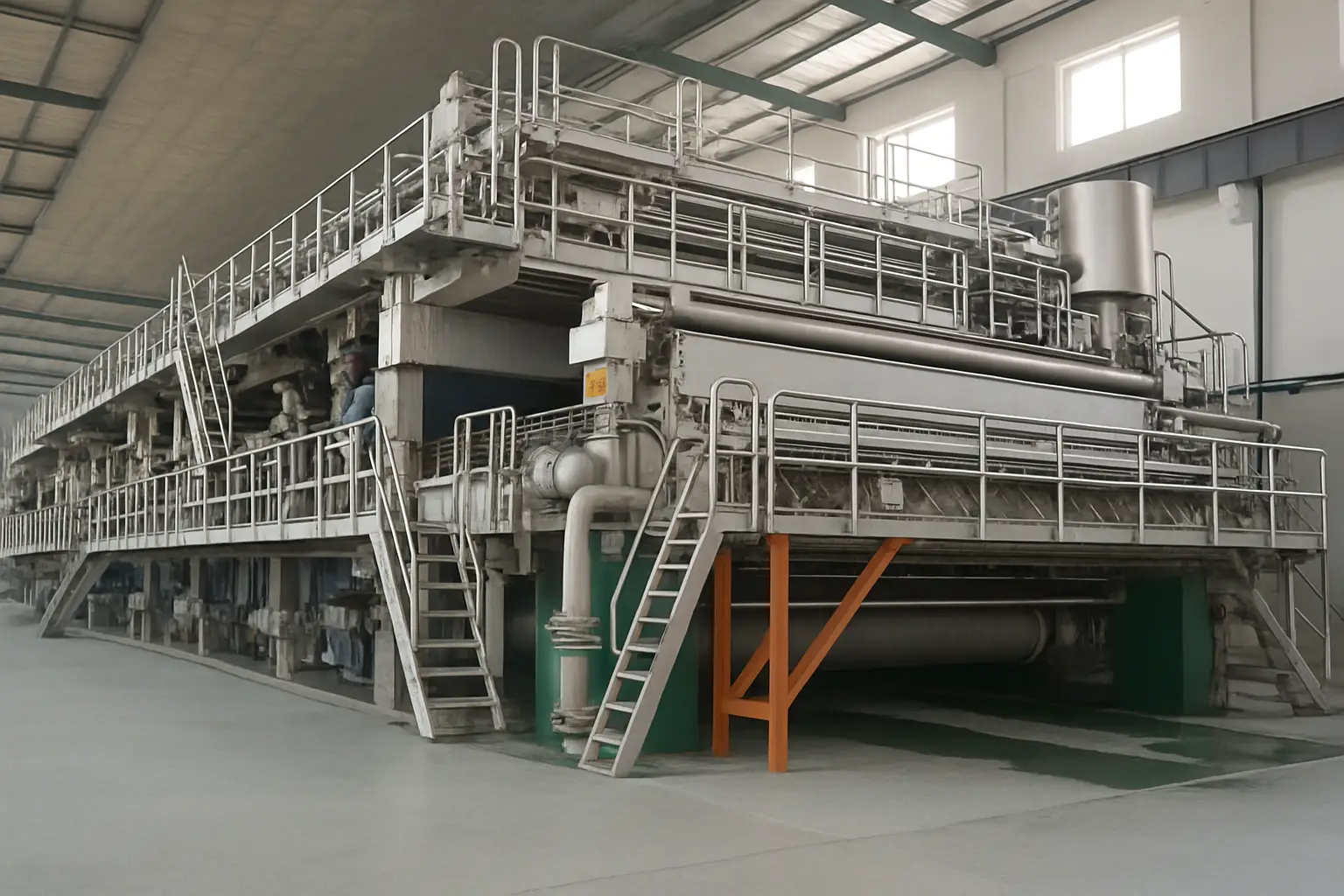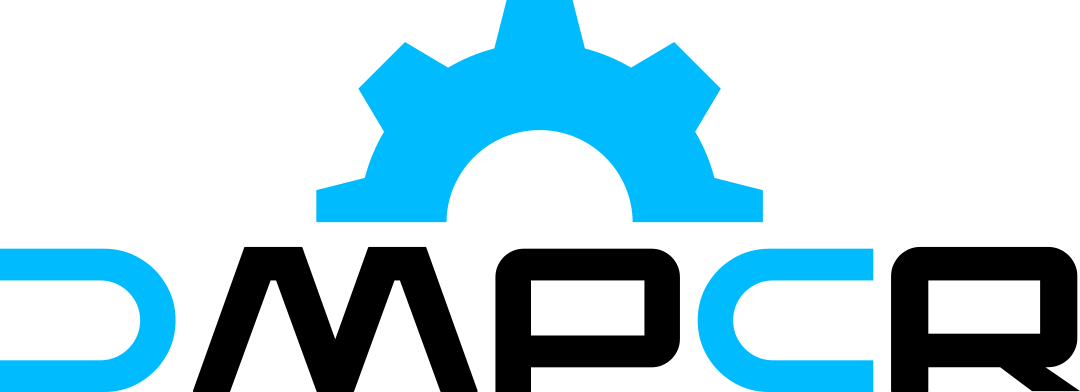Service
Fourdrinier Paper Machine
The Fourdrinier paper machine is a cornerstone of modern papermaking, enabling the efficient production of continuous paper sheets. Developed in the early 19th century, this machine has undergone significant advancements, yet its core design remains integral to the industry today .

Fourdrinier Paper Machine: Revolutionizing the Papermaking Process
What Is a Fourdrinier Paper Machine?
The Fourdrinier machine is an industrial apparatus that transforms a slurry of wood or plant fibers into a continuous sheet of paper. It operates through a series of interconnected sections, each playing a vital role in the papermaking process.
Key Components and Their Functions
Headbox
The headbox evenly distributes the fiber slurry onto the moving wire mesh, ensuring uniform formation of the paper sheet.
Forming Section (Wet End)
In this section, water is drained from the slurry through the wire mesh, forming a wet paper web. Suction boxes and table rolls enhance water removal and fiber alignment .
Press Section
The wet web passes through a series of press rolls that apply pressure to remove additional water, increasing the paper’s density and smoothness.
Dryer Section
Steam-heated cylinders dry the paper, reducing its moisture content to the desired level.
Calendar Section
This section further smooths and finishes the paper, imparting desired textures and gloss.
Reel Section
The finished paper is wound into large rolls for storage or further processing.
Historical Significance
The Fourdrinier machine was invented in 1799 by French engineer Louis-Nicolas Robert, who patented the continuous paper manufacturing process. The design was later improved and commercialized in England by Henry and Sealy Fourdrinier in 1804 . Their contributions laid the foundation for the modern papermaking industry.
Applications and Benefits
Wide Range of Paper Products: Suitable for producing various paper grades, including newsprint, writing paper, and cardboard.
High Efficiency: Enables continuous production, significantly increasing output compared to traditional methods.
SCost-Effectivenes: Reduces labor and material costs through automated processes.
Environmental Considerations: Modern Fourdrinier machines incorporate energy-efficient technologies and water recycling systems, aligning with sustainable manufacturing practices.
